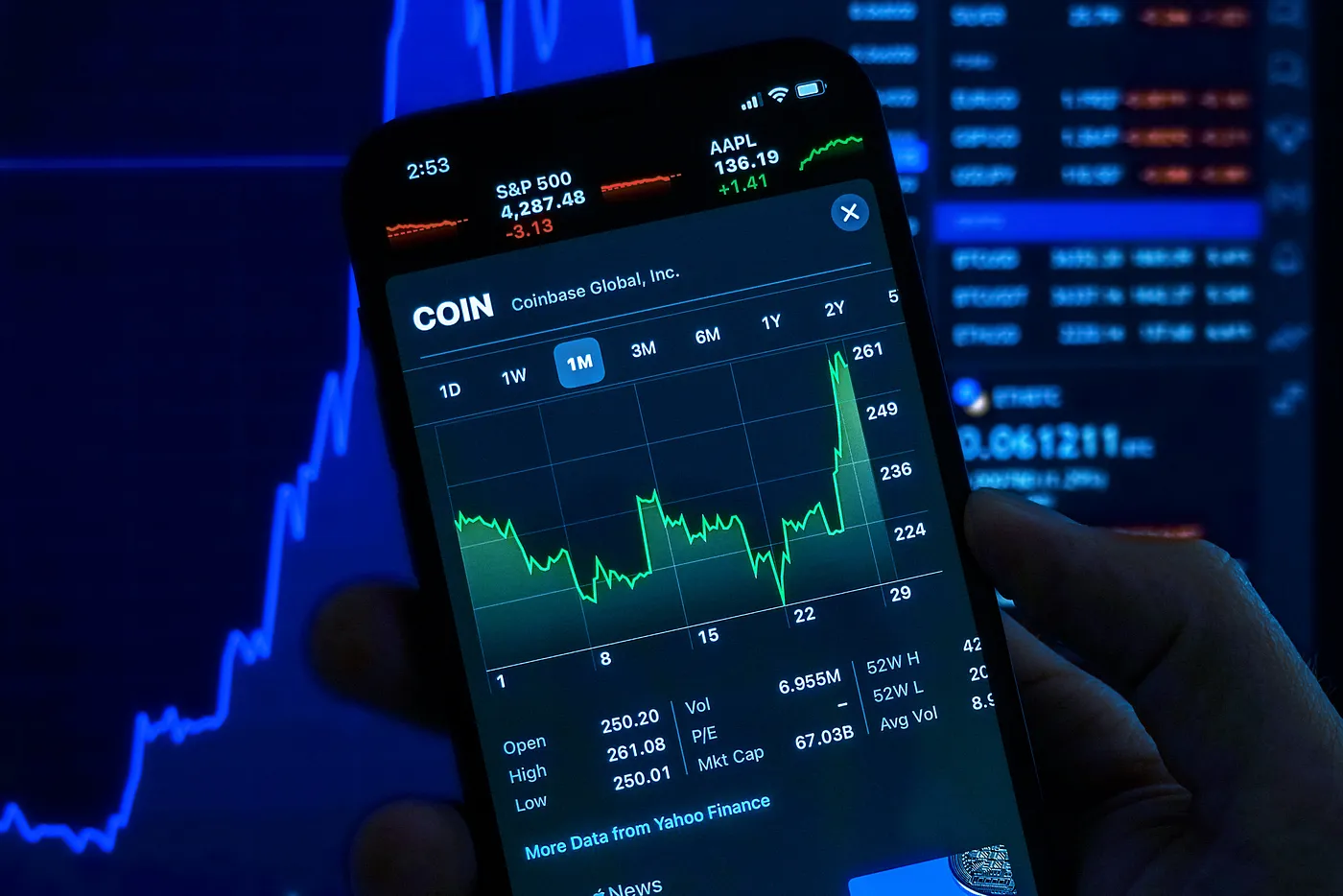In this article we explain the basics of tokenomics and its place on the carbon market.

There has been a growing interest in initiatives at the intersection of carbon markets and the crypto space, as blockchain has been named as one of the solutions to the inefficiencies of the voluntary carbon market.
The most famed initiatives are KlimaDAO and Toucan.Earth, which facilitate carbon credit tokenization. Both offer access to carbon credits on the blockchain, and, once tokenized, the credit’s price behaviour complies with the laws of crypto economics (tokenomics), while being backed by off-chain carbon assets.
As the name suggests, tokenomics is the economics of tokens. Tokenomics explains how token value is created and enables crypto-network users to evaluate cryptocurrencies based on their supply and demand, as well as understand the factors that affect the two.
Firstly, tokens can be either deflationary or inflationary.
- Deflationary tokens have a fixed supply and after the initial release, the remaining tokens minted are made available for users at a predetermined rate (Bitcoin is an example of such currency, with its cap set at 21 million tokens).
- Inflationary tokens do not have a defined maximum supply upon token release (like Ethereum), however the issuance rate is usually set and stable.
Another part of tokenomics is token demand, which is more complex as it involves the decisions and actions of network users. Here, one has to consider the ways in which token use is incentivized and how its utility can be maximized:
- Firstly, the token can act as a currency in a network or give access to a platform.
- Secondly, the utility token can enable participation in governance of the network and token holders can vote on initiatives to change the protocol, where the voting power is proportional to tokens held by the user.
The main incentive behind using carbon tokens is having easier access to carbon markets for anyone wanting to offset their carbon footprint; it allows companies or individuals to offset their emissions without having to go through a separate registry or marketplace and manually retire the credit. Furthermore, tokenized credits might mitigate the issues of lack of transparency, as it is easier to track transactions related to specific credits on the blockchain. Also, as the demand for them grows, so will the price, which can effectively act as a carbon tax and aid the net-zero transition.
Blockchain can fuel the growth of carbon markets and make them more accessible to individuals and companies. However, one must remember that once carbon credits have been tokenized, they are guided by laws of crypto markets and may be more volatile compared to traditional offsets. Therefore, any potential buyers should conduct thorough research of their token of interest before purchase.
